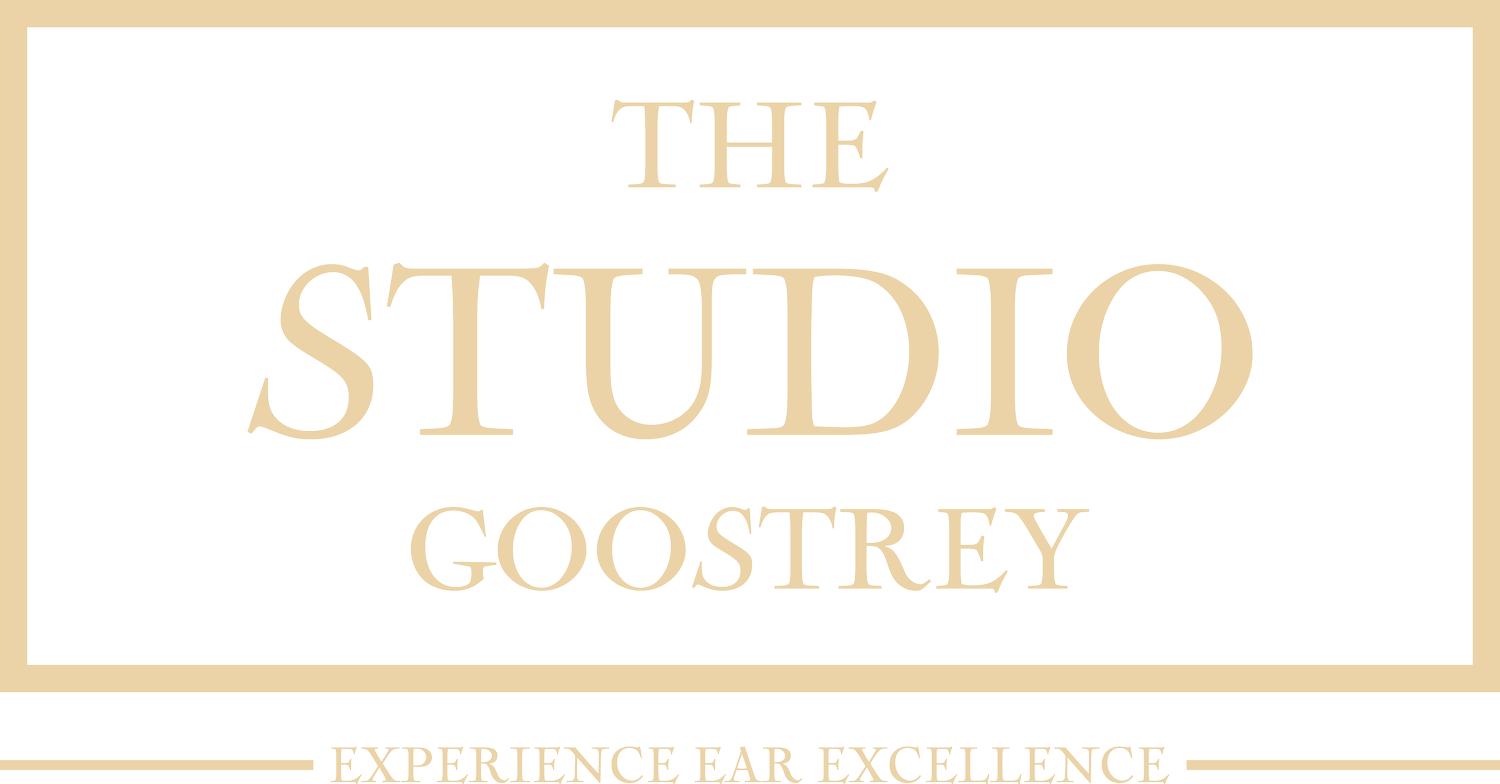Tips for Protecting Your Hearing at a Concert or Club
Enjoying live music shouldn’t come at the cost of your hearing. Here are practical tips for protecting your hearing at a concert or club, backed by evidence and real-world strategies.
Why hearing protection matters in loud venues
Sound levels at concerts often exceed 100 dB, which can cause damage in minutes.
The World Health Organisation warns that prolonged exposure above 85 dB is harmful.
Noise-induced hearing loss is cumulative and irreversible.
Early protection helps retain clarity, speech perception, and quality of life.
Tip 1: Choose the right ear protection
Types of plugs
Foam earplugs — cheap, disposable, good for general use
Filtered/musician earplugs — reduce volume evenly, retain sound quality
Custom molded plugs — high comfort and fidelity
How to use them properly
Insert properly: roll, insert deeply, allow expansion
Wear them during full exposure time, not just sometimes
Use spare plugs — if one falls out, hearing remains at risk
Tip 2: Monitor and limit exposure time
Use the 3-3 rule: for every 3 decibels above 85 dB, safe exposure time halves
For example, at 100 dB, safe exposure is ~15 minutes
Schedule quiet intervals or breaks away from the crowd
Exit early if you notice ringing (tinnitus) or muffled hearing
Tip 3: Keep a safe distance from speakers and sound sources
Avoid standing directly in front of stacks or speaker arrays
Use side or rear spots where volume is lower
Elevated platforms or balconies typically offer lower sound pressure
If possible, check venue layout ahead of time and plan positioning
Tip 4: Use sound meters or apps to track levels
Many smartphone apps estimate decibel levels (e.g. “Decibel X”, “Sound Meter”)
Carry a pocket decibel meter for more accuracy (cheap handheld models)
Monitor exposure in real time, aim to stay below 90–95 dB
Use app alerts to remind you to take breaks
Tip 5: Use “limiters” or safe volume settings on devices
When watching livestreams or DJ sets on your phone/earbuds, use volume limiters
Many devices allow “max volume lock” — prevent accidental spikes
If listening back to recorded audio of the event, normalise or compress peaks
Tip 6: Plan before the event
Research venue noise levels via reviews or smartphone recordings
Choose seated tickets or less crowded zones
Take earplugs with you — not rely on what’s available on site
Arrive early; sound checks are lower volume
Tip 7: After the event, give your ears rest
Avoid loud environments the next 24 hours
Use white noise or quiet sounds, not silence, to help recovery
If you notice persistent ringing (more than 24 hours) or hearing loss, see an audiologist

